How Do We Deal With The “Unfairness” Of Prime Region HDB Flats?
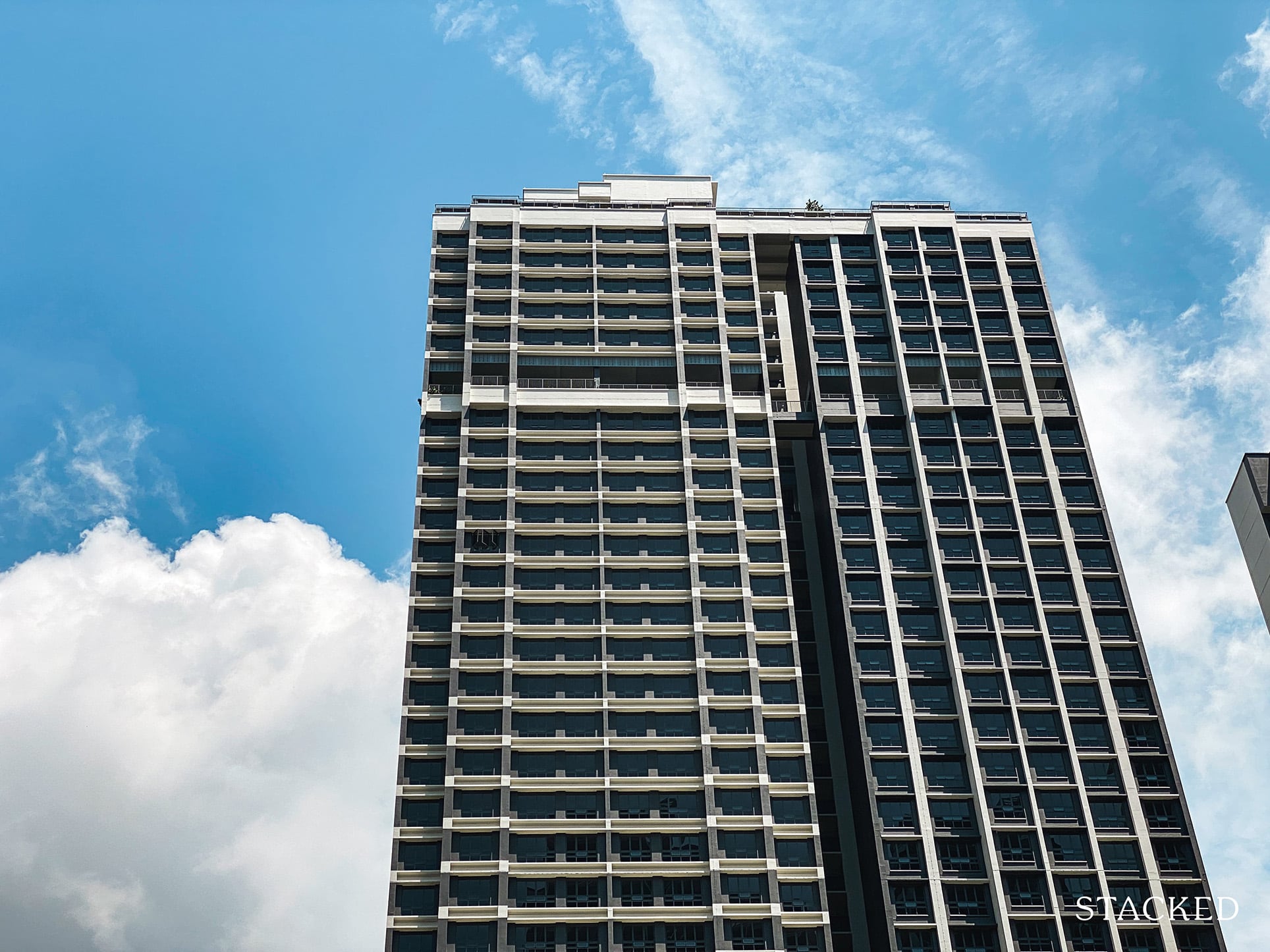
Get The Property Insights Serious Buyers Read First: Join 50,000+ readers who rely on our weekly breakdowns of Singapore’s property market.
A seasoned content strategist with over 17 years in the real estate and financial journalism sectors, Ryan has built a reputation for transforming complex industry jargon into accessible knowledge. With a track record of writing and editing for leading financial platforms and publications, Ryan's expertise has been recognised across various media outlets. His role as a former content editor for 99.co and a co-host for CNA 938's Open House programme underscores his commitment to providing valuable insights into the property market.
Before you fork out $20,000 or $30,000 in Cash Over Valuation (COV), you should pay close attention to what National Development Minister Desmond Lee has been saying. Amid various discussions on Covid-19, mortgages, and help for the construction industry, the Minister said this regarding prime region flats:
“We may need a series of other measures to ensure that if resale is permitted for these flats, that they remain affordable for generations to come…
…People will, of course, pay what they believe the market can bear in order to get these very good flats and very good locations. So some of these measures would have to cover all these fronts”
We don’t know what these “measures” are, as they’re currently brewing; but it almost certainly seems like a way to cap the number of million-dollar HDB flats. As such, anyone considering an expensive, centrally located flat right now may want to pump the brakes.
But that aside, we also have a question we want to ask you, for which we are giving out a Google Home mini for the best response. More on this below:
What is the big deal with prime region HDB flats, and why now?
This discussion really goes back to around 2013, with the unveiling of the Greater Southern Waterfront (GSW). The GSW is a project that spans over 2,000 hectares, starting from Pasir Panjang to Marina East, and even reaching all the way to Mount Faber.
This is one of the biggest-ever undertakings in Singapore’s Built Environment, as it will transform 30 kilometres of our coastline, and involve an area six times the size of Marina Bay.
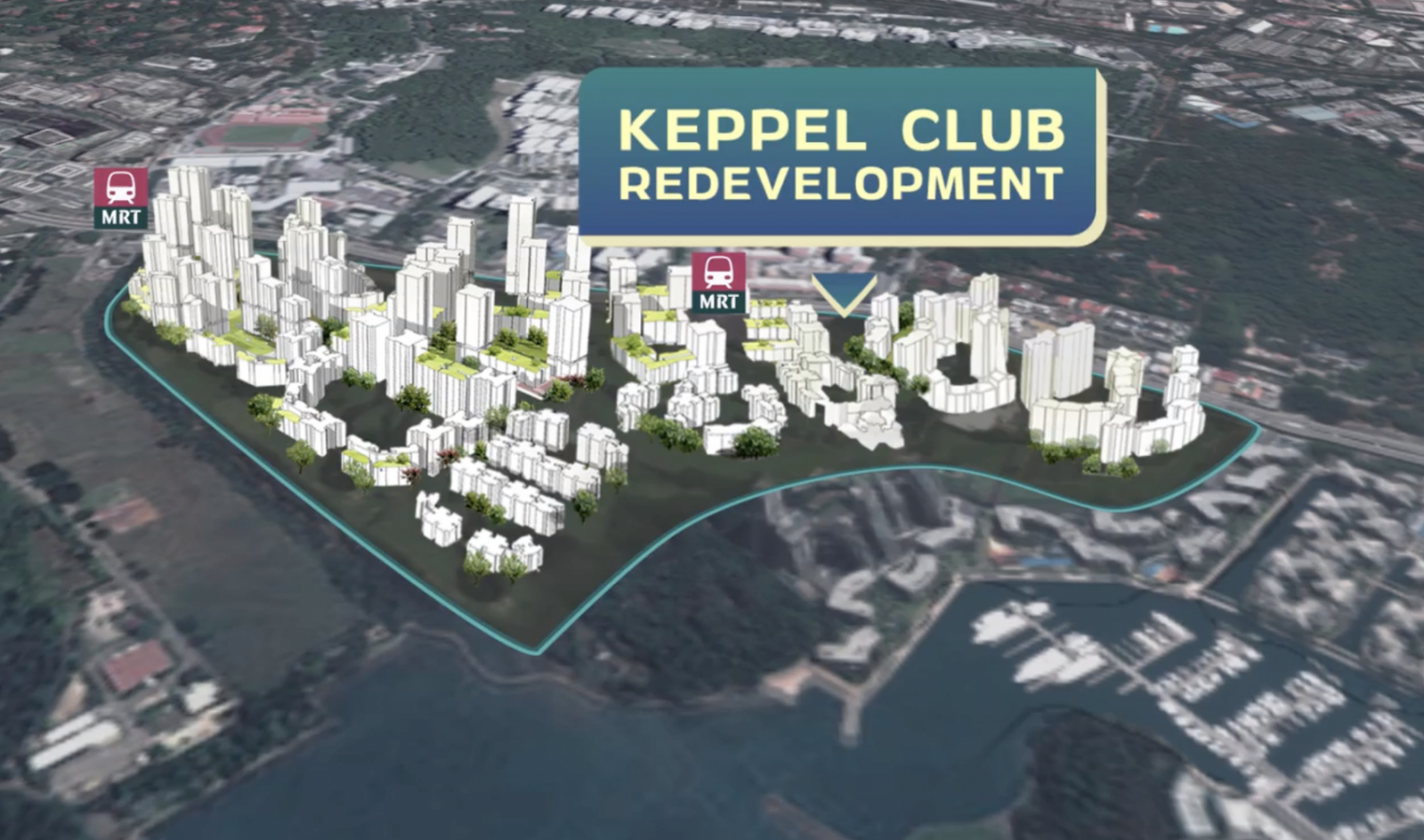
Remember how, in 2014, Keppel Golf Club members found out it would have to move or close? That’s due to the GSW, and the land it’s on will – in future – yield about 9,000 homes, in a mix of private and public housing.
We emphasise public, because that’s where the issue gets sticky.
What happens if people can get BTO flats in the best spots along the GSW?
To use an analogy, how would you react if today, HDB launched BTO flats just next to Marina Bay Sands? You can probably understand the degree of unfairness that would happen, for the small number of families that successfully ballot for such a location.
The winners of such flats would be purchasing subsidised properties, with grants, in a prime area; that’s a sure-fire recipe for huge gains after the Minimum Occupancy Period (MOP).
There’s also the fact that flats in such areas wouldn’t really feel like HDB estates. It’s likely that, even as BTO flats, the prices would be so high that only the uppermost echelons (close to busting the income ceiling) would qualify. Upon resale, it’s likely to contribute to the growing count of million-dollar flats.
How big is the price difference between prime region flats, and the overall resale market?
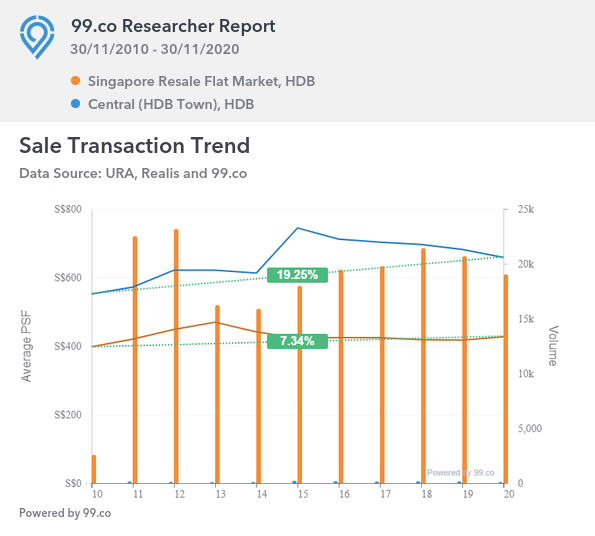
As of end-November 2010, the resale market saw average prices of $398 psf. By end-November of 2020, prices had risen to $427 psf. For flats in the Central Area, however, prices rose from an average of $552 psf in 2010, to about $658 psf today.
This is just for the Central Area; similar issues exist for places such as Bishan, Queenstown, and Tiong Bahru. This gives the impression of balloting as being more of a lottery than a home-ownership exercise.
The unequal distribution also creates HDB estates that look like anything but
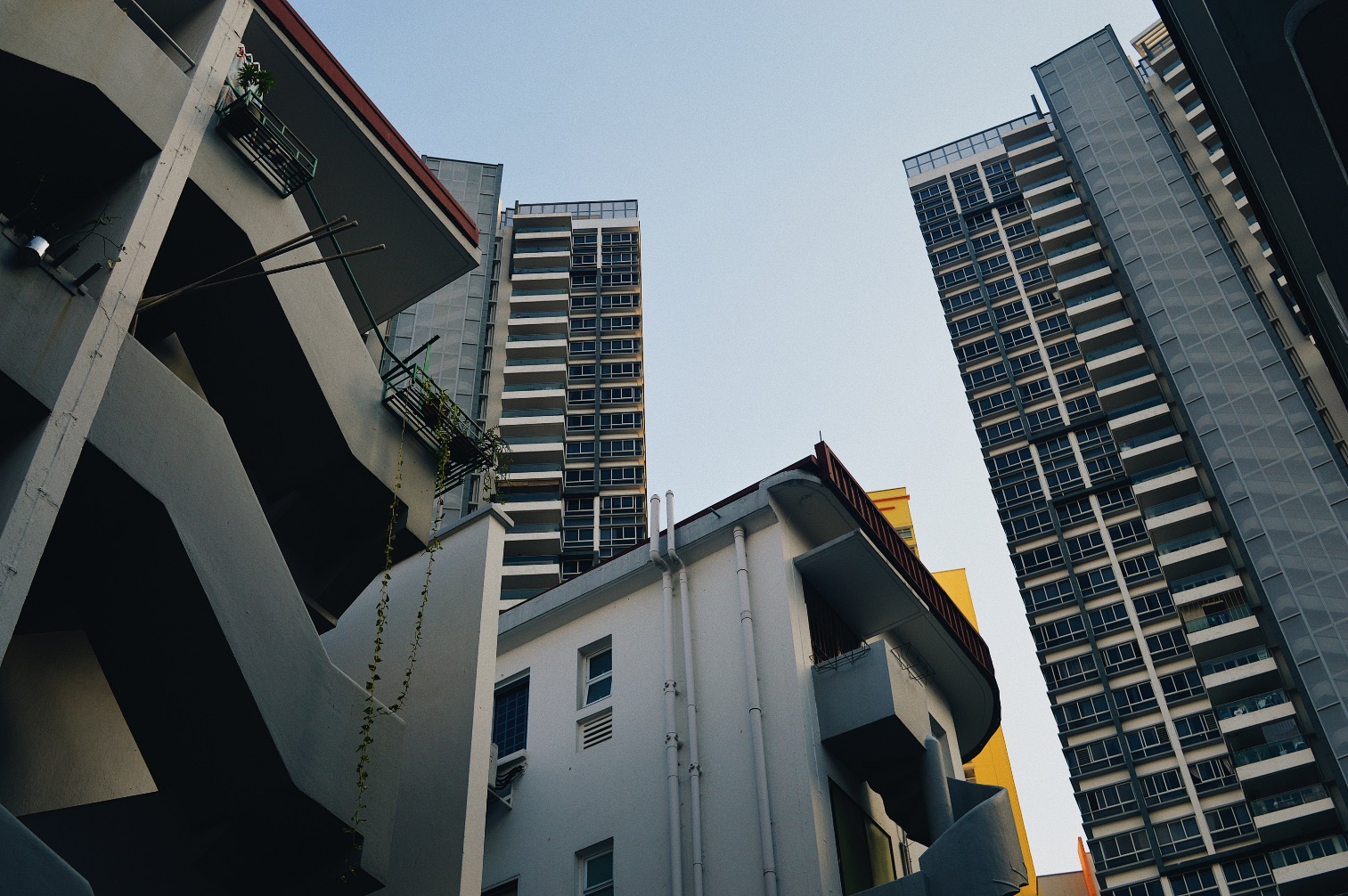
When Tiong Bahru became gentrified, it caused a lot of friction with existing residents. More expensive homes are accompanied by a different demographic; such as the sort who are more likely to patronise upscale restaurants than a neighbourhood coffee shop, or a specialised deli instead of a provision store.
More from Stacked
We Make $190k Per Year. Should We Sell Our Punggol EC For $650k Profit Or Hold On & Rent It Out?
Hi Stacked HomesI have been following your articles for some time now because they are always provided good insights.Recently, your…
The Ministry of National Development seems conscious that this would disrupt the intermingling desired in an HDB estate.
However, we’d point out that there’s another problem too: if you’re a retiree living off your CPF payouts, your amenities are those coffee shops – not an artisanal café with $8 coffee.
As such, prime region HDB estates run the risk of being (1) not very much like HDB estates at all, and (2) having prices quickly run up, to the point where anyone who moved in during cheaper days feels priced out of their own neighbourhood (“sell and move out” is easier said than done for some homeowners, whatever the potential profit margin).
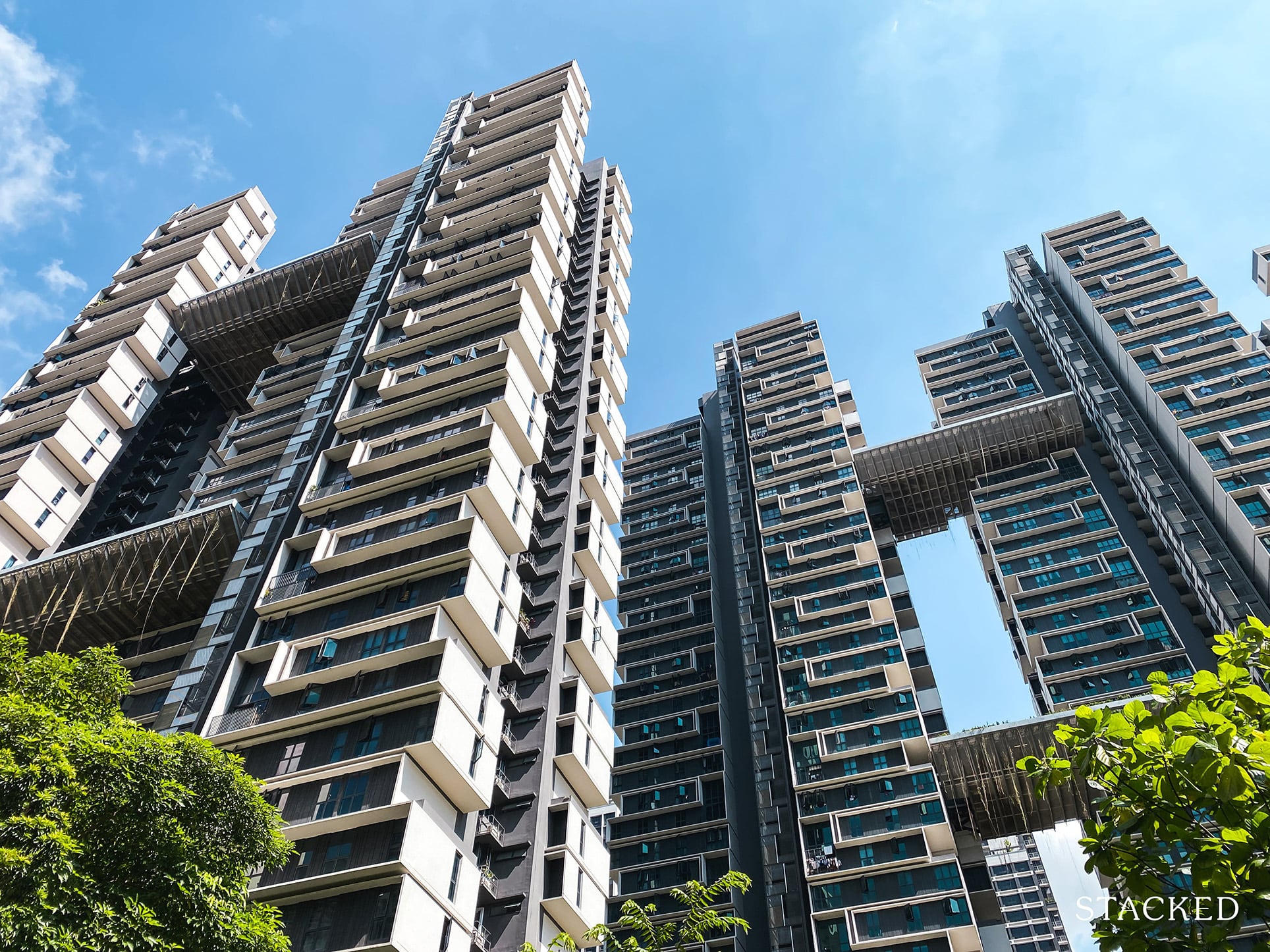
Property Market CommentaryHow Big Of A “Windfall” Is A Prime Region HDB Flat?
by Ryan J. OngWhat are the solutions being posited?
As Minister Desmond Lee has pointed out, the prime region flats will incorporate a mix of different housing, including two-room flexi-flats and studio apartments. This much we know for sure.
However, over the years some other solutions have been suggested. Some ideas we’ve come across are:
- Applying a version of the HDB buyback scheme, initially proposed by the Singapore Workers Party a few years ago, to prime region flats. This would mean that flats in prime regions can only be sold back to the government at a set price.
This limits the “lottery winner” effect: those who obtain such flats still get to live in a better and more convenient location, but they don’t really profit much financially.
- Increasing the MOP for flats in desirable areas. For example, a 10-year MOP instead of five-years, which delays the pace at which an owner could sell and upgrade. Some might argue it’s immaterial, as they still see a windfall at the end of the MOP.
- Limiting the right to rent / ownership with private property. This could mean preventing the owners of prime region flats from renting out the whole unit. It could also mean that owners of these units cannot purchase private property and still keep their prime region flats, even after the MOP.
- Shortening the available lease on prime region flats. They could, for example, have 60-year leases instead of 99-year leases, which would limit their upside for appreciation.
Which is the best solution?
This isn’t a rhetorical question! We’d love to know your opinions on what can be done, to make prime region flats a “fair deal”. So starting from now till 8 December, feel free to comment on Facebook/Instagram/email or message us with your ideas. We have a Google Home mini up for grabs to those who come up with what we feel is the most innovative solution.
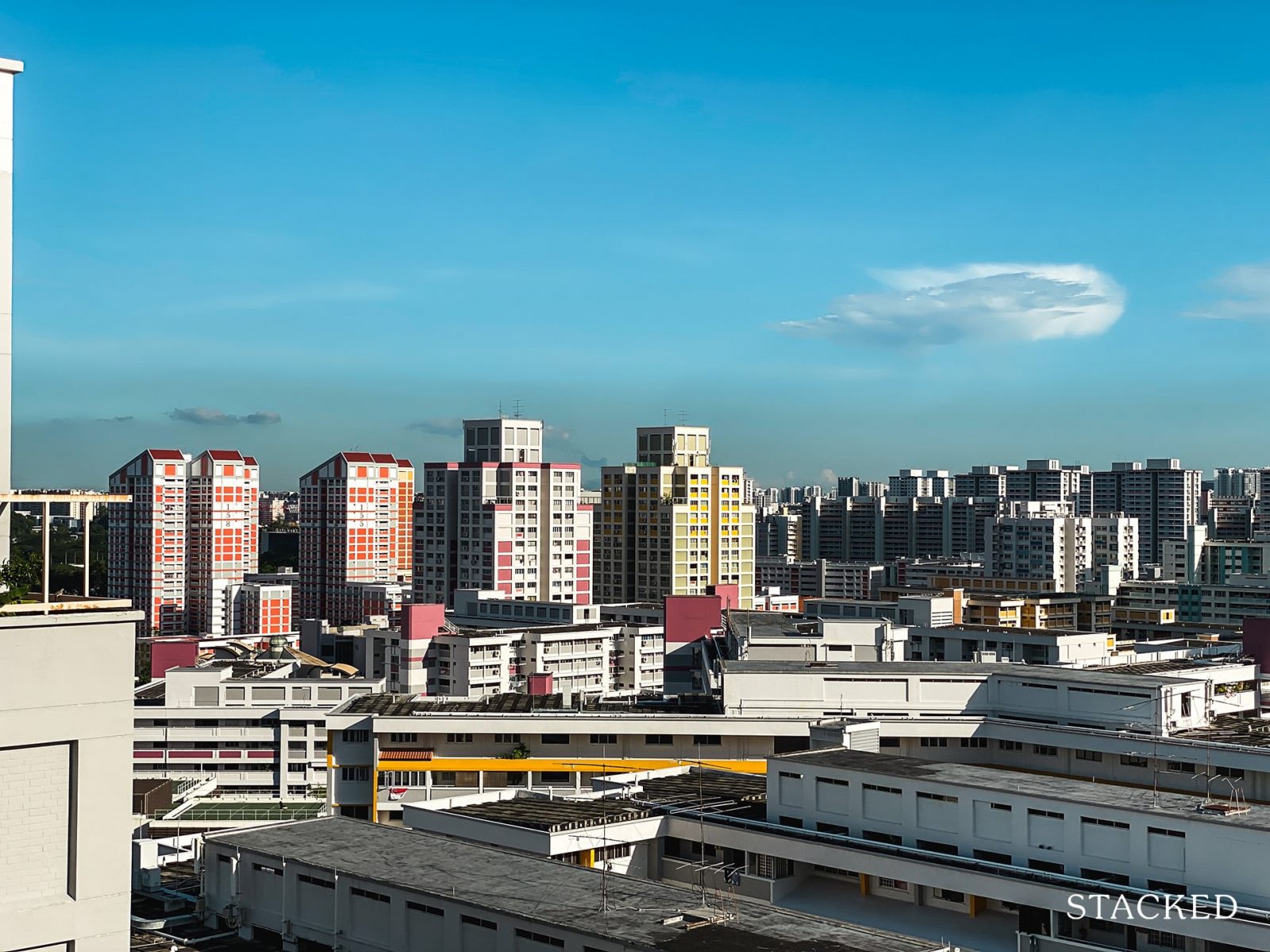
In the meantime, we do expect the news to slightly dent the recent uptick in HDB flat prices; at least in hot spots like Bishan or Tanjong Pagar.
Some prospective buyers are likely to wait this out, and see what measures are coming before they buy. This might diminish some of the momentum given to the resale flat market, ever since Covid-19 ended up an unexpected boon to it.
In addition, we expect the typical knee-jerk reaction once the measures are announced, whenever that may be. Just like with private properties, interventions from loan curbs to tighter cooling measures typically cause buyers to go into “wait and see” mode.
Follow us on Stacked, and we can keep you updated as the situation unfolds. We also provide the most in-depth reviews on Singapore’s private homes, and the latest on property investing trends.
If you’d like to get in touch for a more in-depth consultation, you can do so here.
Ryan J. Ong
A seasoned content strategist with over 17 years in the real estate and financial journalism sectors, Ryan has built a reputation for transforming complex industry jargon into accessible knowledge. With a track record of writing and editing for leading financial platforms and publications, Ryan's expertise has been recognised across various media outlets. His role as a former content editor for 99.co and a co-host for CNA 938's Open House programme underscores his commitment to providing valuable insights into the property market.Read next from Property Market Commentary

Property Market Commentary Why The Singapore Property Market Will Be Different In 2026 — And It’s Not Just About Prices

Property Market Commentary 2025 Year-End Review Of The Singapore Property Market: What The Numbers Reveal

Property Market Commentary How The HDB Resale Market Performed In 2025, And What It Means For 2026 Prices

Property Market Commentary 4 Key Trends Reshaping Singapore’s New Launch Condo Market In 2026
Latest Posts

Singapore Property News HDB Resale Prices Finally Slowed in 2025 — Will It Continue in 2026?

Singapore Property News Breaking News: District 23 Condo Sells Out In Under Two Years At $2,120 Psf Average

On The Market Here Are The Cheapest 3-Bedroom Condos in Central Singapore You Can Still Buy From $1.15M

Pro This 21-Year-Old Condo Didn’t Sell Out Initially, Yet Became A Top Performer

Editor's Pick What I Only Learned After My First Year Of Homeownership In Singapore

Singapore Property News Why More Land Doesn’t Automatically Fix Housing In Singapore

On The Market Here Are The Cheapest 4-Room HDB Flats in Central Singapore You Can Still Buy From $490K

Editor's Pick Should We Buy An Old 99-Year Leasehold Condo To Live In: Will It’s Value Fall When The Lease Runs Out?

Pro How A Once “Ulu” Condo Launched In 1997 Became A Top Performer

Editor's Pick I Reviewed A New Launch 4-Bedroom Penthouse At Beauty World

Editor's Pick Why Singaporean Families Are Looking At This Landed Enclave From Around $4M

Singapore Property News Lentor’s First Condo Is Complete — The Early Profits May Surprise You

Property Advice We Own A $800K 1-Bedder And A $1.1M 3-Bedder: Is It Possible To Upgrade To A 4-Bedder Condo?

On The Market These Are Some Of The Cheapest 5-Room HDB Flats Left In Central Singapore

Pro This 698-Unit Ang Mo Kio Condo Launched At The Wrong Time — And Still Outperformed Peers


